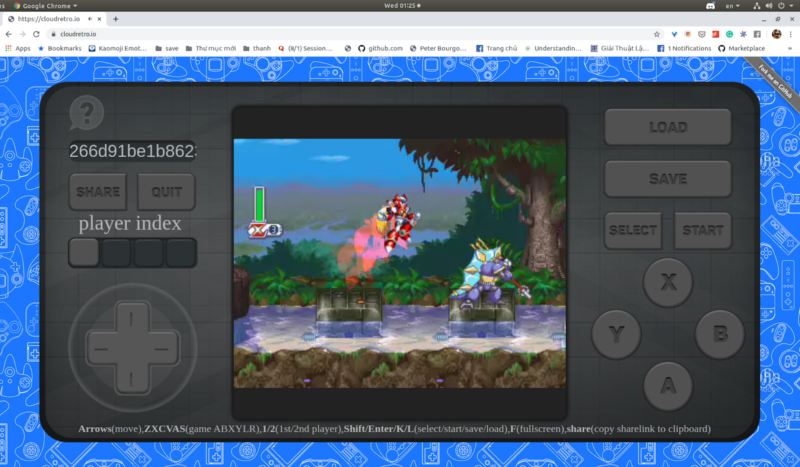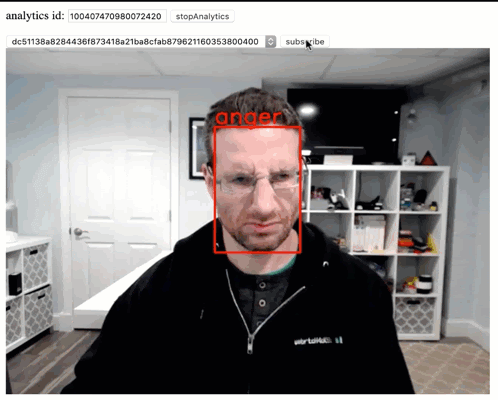Software as a Service, Infrastructure as a Service, Platform as a Service, Communications Platform as a Service, Video Conferencing as a Service, but what about Gaming as a Service? There have been a few attempts at Cloud Gaming, most notably Google’s recently launched Stadia. Stadia is no stranger to WebRTC, but can others leverage WebRTC […]
Search Results for: codec
True End-to-End Encryption with WebRTC Insertable Streams
A couple of weeks ago, the Chrome team announced an interesting Intent to Experiment on the blink-dev list about an API to do some custom processing on top of WebRTC. The intent comes with an explainer document written by Harald Alvestrand which shows the basic API usage. As I mentioned in my last post, this is the […]
Accelerated Computer Vision inside a WebRTC Media Server with Intel OWT
WebRTC has made getting and sending real time video streams (mostly) easy. The next step is doing something with them, and machine learning lets us have some fun with those streams. Last month I showed how to run Computer Vision (CV) locally in the browser. As I mentioned there, local is nice, but sometimes more performance […]
Not a Guide to SDP Munging
SDP has been a frequent topic, both here on webrtcHacks as well as in the discussion about the standard itself. Modifying the SDP in arcane ways is referred to as SDP munging. This post gives an introduction into what SDP munging is, why its done and why it should not be done. This is not […]
How Zoom’s web client avoids using WebRTC (DataChannel Update)
Editor’s Note: This post was originally published on October 23, 2018. Zoom recently started using WebRTC’s DataChannels so we have added some new details at the end in the DataChannels section. Zoom has a web client that allows a participant to join meetings without downloading their app. Chris Koehncke was excited to see how this […]






